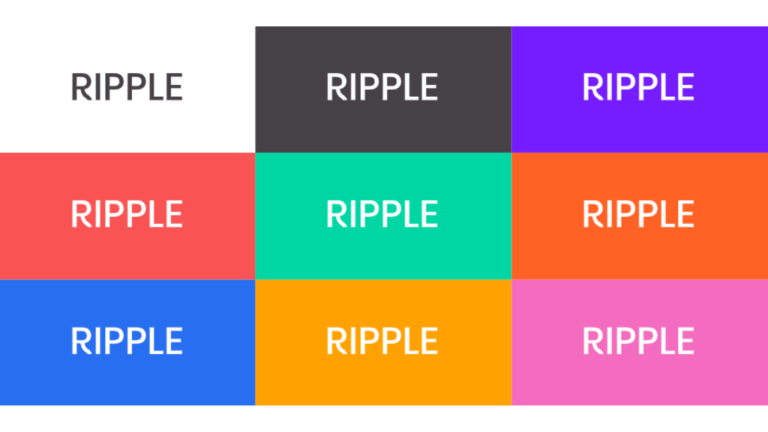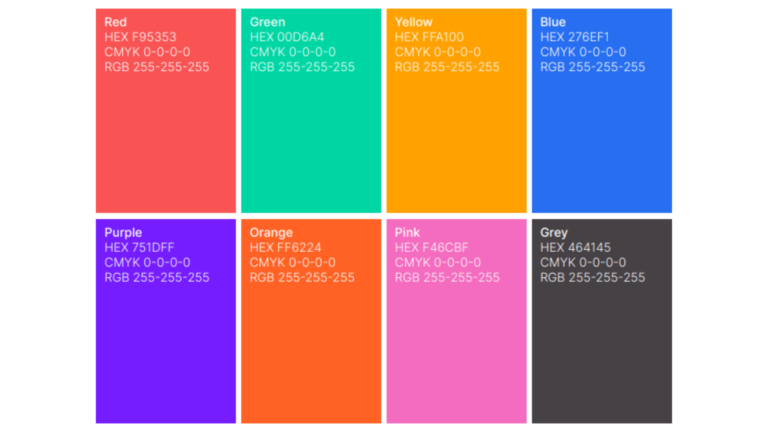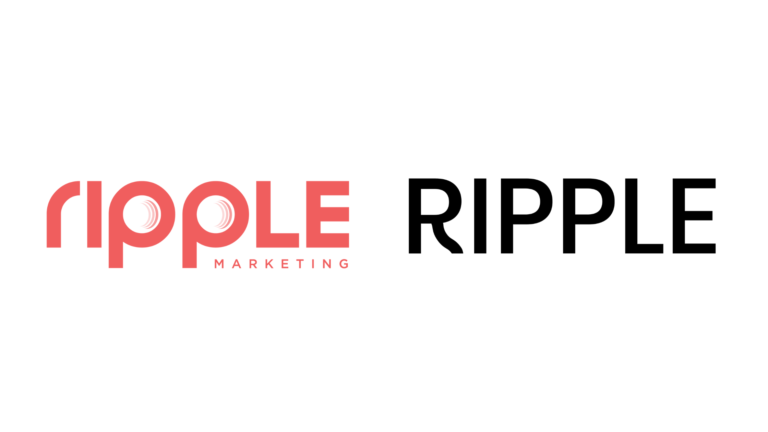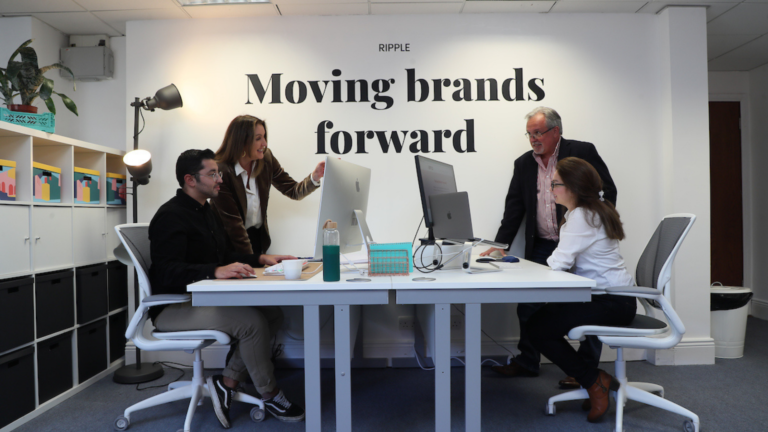You may have noticed our revamped look! At Ripple, we’re all about moving brands forward – and we like to lead by example. A company rebrand is not an easy feat- there are numerous factors to consider, and the Ripple team has put together their ultimate guide to rebranding your business. So, what are some of the main reasons companies rebrand?
There are loads of reasons but some of the top ones are:
• You’re unhappy with the current look and feel
• The development of new services/products
• Your company has developed new missions/values
• Two companies merge
Rebranding starts when your company rethinks your marketing strategy with a new name, logo, or design or to develop a refreshed identity in the minds of your target customers. Rebranding is not always an easy decision to make, there are a lot of factors to consider, and it requires buy-in companywide. Ripple underwent a recent merger and had to realign our business model to fit with our new plans. With the philosophy of ‘new year, new me’ the Ripple design team undertook the challenge to give the company a fresh look for 2022. So, what’s the right strategy when rebranding? The Ripple team have put together our 5 steps for rebranding your business.

This is the philosophical stage of the process. It’s when you ask yourself questions like ‘why do we exist?’ ‘What do we stand for?’ Before even going near a logo or colour scheme we needed to define who we were. This stage involved looking at your vision, mission, and values. Building a strong brand strategy takes time, effort, and commitment. After this stage you should be able to:
• Understand who you truly are and use your beliefs and values to guide your decisions in ways that are better for your people, your business, and the future.
• Communicate your brand consistently and effectively through every piece of content you make.
• Attract the right customers to build a strong, lasting brand.
• Position your brand in a way that helps you compete now—and tomorrow.
Rebranding is not a singular effort. It requires brainstorming amongst the whole team to help drive momentum. A project plan is vital at this stage. Many elements need to be considered from your website to your key messaging to even your email signatures. As a team, we had to be strict with ourselves with dedicating time to our rebranding and sticking to deadlines. Once we had our list of responsibilities and tasks, we worked this into our work schedules. There were many elements to consider when you rebrand – from social media to your website and all the internal/external documents you use. Regular meetings are a must to keep you on track and focused on the end goal- a beautiful new brand!

This is the fun bit! Now you’ve done the philosophising about your brand it’s time to start visualising it. When most people think of branding, they think of a brand’s visual identity: the logo, colours, typography, and other elements that act as the “face” of the brand. Now that you’ve crystallised your identity and messaging, it’s time to visualise it. Creating a strong visuals identity is key because you’re not just designing for now- you’re designing for the future. Here are the key areas we looked at with our brand redesign:

This may seem like something you should do at the beginning but it’s actually at the end of your rebranding process that you create your guidelines. When it comes to branding consistency is everything. Brand guidelines clearly outline your brand asset guidelines and that ensures consistency in all your messaging. Once you create these circulate them company-wide and make sure all content created fits within the guidelines!
Time to launch your new (refreshed) brand to the world! Plan your launch to align with your marketing goals and make sure you get the word out through all the channels. There are many tasks to be carried out by staff at this stage such as:
• updating email signatures
• updating personal social banners
• replacing company letterheads
• replacing presentation templates
It’s also important this is reflected through your office – we worked our new branding into our interior by adding our core company values to the walls, got a custom neon sign of our new logo, and got merch in all our new branding.

Think a rebrand is right for you? Why not get in touch with our Creative Team and discuss how we can move your brand forward.
| Cookie | Duration | Description |
|---|---|---|
| cookielawinfo-checbox-analytics | 11 months | This cookie is set by GDPR Cookie Consent plugin. The cookie is used to store the user consent for the cookies in the category "Analytics". |
| cookielawinfo-checbox-functional | 11 months | The cookie is set by GDPR cookie consent to record the user consent for the cookies in the category "Functional". |
| cookielawinfo-checbox-others | 11 months | This cookie is set by GDPR Cookie Consent plugin. The cookie is used to store the user consent for the cookies in the category "Other. |
| cookielawinfo-checkbox-necessary | 11 months | This cookie is set by GDPR Cookie Consent plugin. The cookies is used to store the user consent for the cookies in the category "Necessary". |
| cookielawinfo-checkbox-performance | 11 months | This cookie is set by GDPR Cookie Consent plugin. The cookie is used to store the user consent for the cookies in the category "Performance". |
| viewed_cookie_policy | 11 months | The cookie is set by the GDPR Cookie Consent plugin and is used to store whether or not user has consented to the use of cookies. It does not store any personal data. |